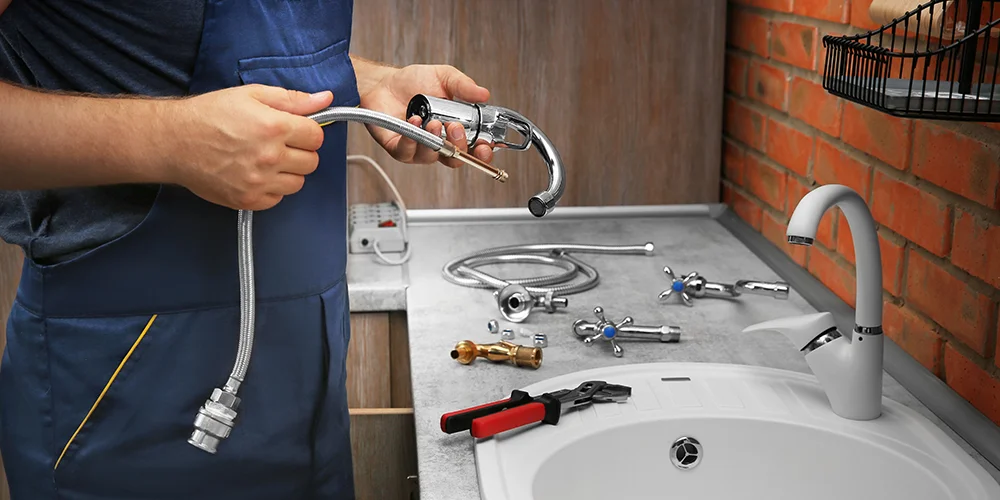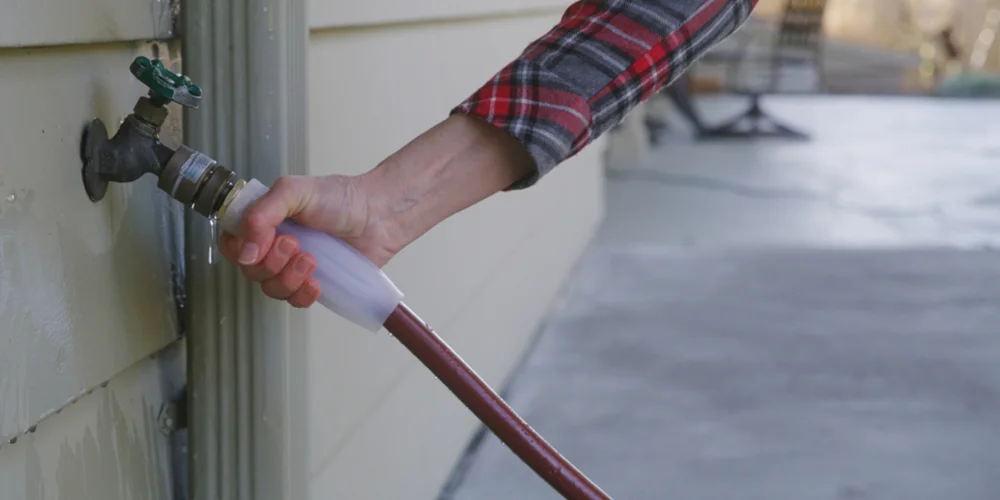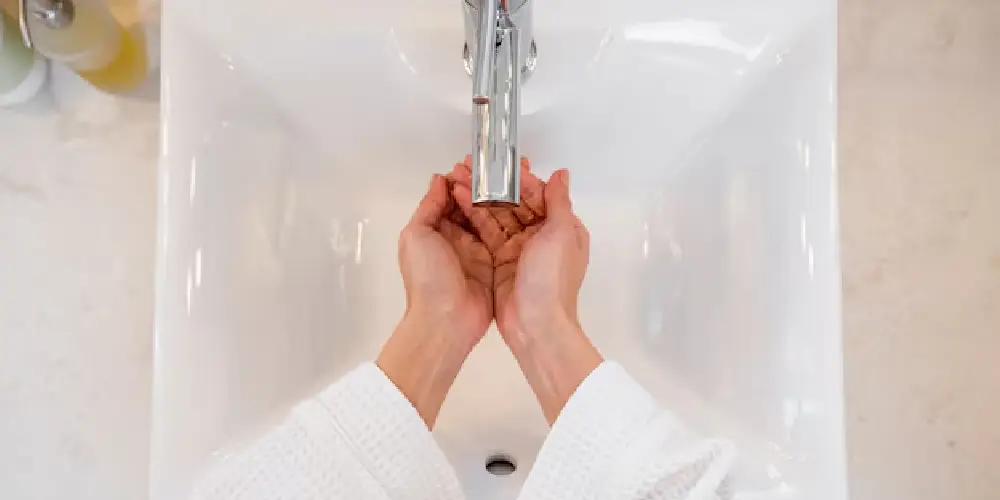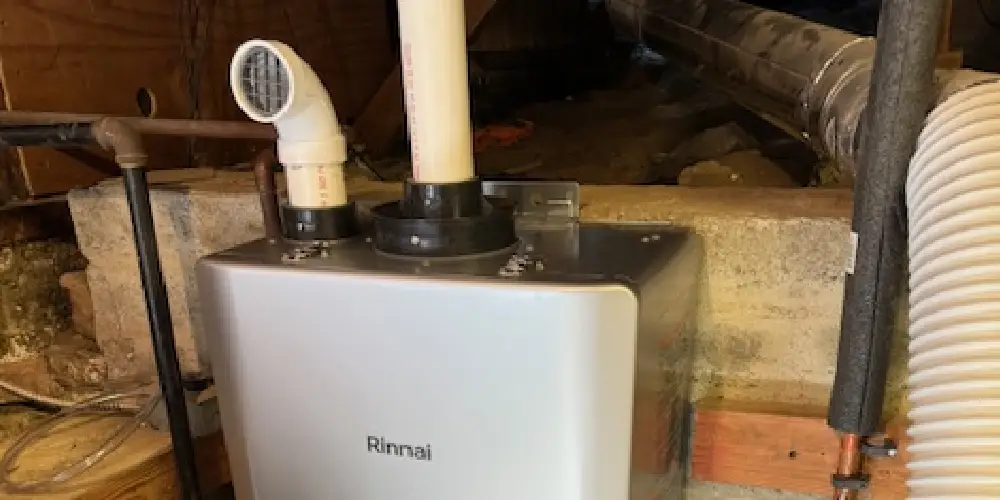Are all outdoor faucets the same size?
Most homes have a hose bib, more common name recognized is outdoor faucet or spigot. Rarely does this device need special attention or maintenance, but occasionally, a hose bib replacement is necessary. This is what makes washing the car, watering the lawn, or filling the kiddie pool easier than toting water from inside the house.
The hose bib is important to your outdoor convenience where water is concerned. A small device is either attached to the inside of your home or a pipe coming out of the ground next to your house, so when there is a malfunction or problem with it, a hose bib replacement is necessary.
Outdoor faucets or hose bibs are a common size range of half inch or three-forth inch, referring to the water pipe’s diameter. When selecting a hose bib replacement, the correct size is important for proper fitting and functioning so that you have a good water pressure. A smaller pipe will provide a stronger water pressure.
What is the standard garden hose fitting?
Springtime is going to be here any day, so many homeowners are getting their water hose caddies out of storage and hooking them up the spigot or hose bib. If this is your first spring to enjoy homeownership duties, one of the most frustrating things you’ll experience right now is a water hose end that doesn’t fit the faucet, spigot, or hose bib.
At first glance, all water hose ends, and spigot connections look the same, but guess what? They aren’t! The standard hose fitting has an internal diameter of 5/8″ with a 11.5 threads per inch. However, not all water hose connections and spigots are the same size.
While there are some great details to this subject, some professional water hoses, considered high-flow hoses, are 3/4? in size. Cheap water hoses, like those you get at a discount store for under $10, are 1/2 size. Rare are residential hoses are found to have a thread pitch any different.

How do I know what size hose bib I have?
How do I replace the hose bib on the outside of my house?
Step One: Locate the Connection Point
Step Two: Determine the Type of Connection
- MIP Connection – The male iron pipe threads on the end of hose bib are exposed, and thread into the FIP adapter connection point.
- FIP Connection – The female iron pipe threads at the end of the hose bib are internal and the MIP adapter is soldered at the connection point so that the hose bib can be screwed onto the adapter.
- Sweat Solder Connection – This is a hard connection where the hose bib end has a solder fitting cup at the connection and slides over the water pipe. This may be only time you would need to call a professional plumber if there is any soldering to be done.
Step Three: Find the Hose Bib Length
Step Four: Choose Connection Type
Step Five: Turn the Water Off
Step Six: Turn the Water On

How do you winterize a hose bib?
- Locate the shut-off valve – the shut-off valve to the hose bib is typically inside the house, either in the basement, crawl space, or the utility room.
- Shut off the indoor valve – each hose bib will have its own indoor valve, be sure to shut them all off.
- Detach water hoses – detach, drain, and store them for the winter. It is recommended to store them where they are in the heat if possible.
- Leave outdoor spigots open – with the main water valve to the outdoor spigots off and the garden hoses off and stored.
What Is the Frost Free Hose Bib All About?
If you’re going to replace your hose bib, go with a frost-free hose bib. These are considered to be the best hose bib replacement you can have because of the six to twelve-inch stem. That extra-long step prevents your pipes from freezing in super cold weather because the stem washer and seat valve are located inside the house. For your hose bib replacement in Sherman Oaks, CA, call (818) 975-2131 today.








